Applications for Ohio Farm Bureau Health Plans now available
Members have three ways to apply: contacting a certified agent, calling 833-468-4280 or visiting ohiofarmbureauhealthplans.org.
Read MoreThe Nutrient Management Standard, or 590 Standard, is used to manage rate, source, placement and timing of plant nutrients and soil amendments while reducing environmental impacts. Conservation planners can use this practice on all fields where plant nutrients (commercial fertilizer and/or manures) are applied.
This practice is used to accomplish one or more of the following purposes:
In January 2020, the Natural Resources Conservation Service began to revise its Field Office Technical Guide for the Nutrient Management Standard. Part of that process included the formation of a 19-member subcommittee of the NRCS State Technical Committee (590 Task Force), which brought diverse and experienced experts, specific to Ohio, to collaborate on the revision.
“When the 590 Standard was revised nationally, we wanted to get a better handle on how we can identify levels of risk to address the potential for off site movement of nutrients,” said Ohio Farm Bureau’s Senior Director of Policy Development and Environmental Policy Dr. Larry Antosch, who was part of the 590 Task Force. “What we really got into was the distinction between agronomic endpoints and environmental endpoints or risks utilizing the Tri-State Fertilizer Recommendations.”
According to those tri-state recommendations, when soil test phosphorus levels are above 50 parts per million (ppm) Mehlich III, the application of additional fertilizer will not result in a yield increase. When those levels reach 120 ppm or higher, the likelihood of the off-site movement of phosphorus increases. A phosphorus soil test around 50 ppm is referred to as the agronomic threshold, whereas a phosphorus soil test level at or above 150 ppm is referred to as the environmental threshold.
After 14 meetings spanning over six months, the 590 Task Force made some minor changes to the endpoints for the four levels of phosphorus loss risk – low, moderate, high and very high. Those modifications will be used to protect Ohio’s water quality and are practical and realistic for Ohio farmers to implement and adopt.
Note: This article was reviewed March 4, 2025 and is still accurate.
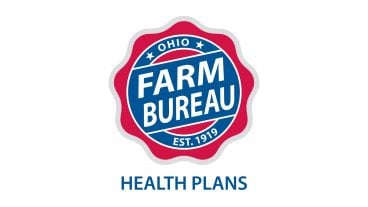
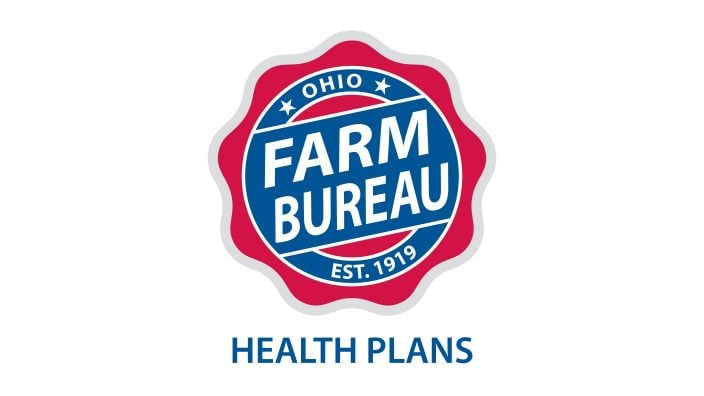
Members have three ways to apply: contacting a certified agent, calling 833-468-4280 or visiting ohiofarmbureauhealthplans.org.
Read More

Bill Patterson, Cy Prettyman and Adele Flynn will continue to serve as officers for Ohio Farm Bureau Federation.
Read More

Delegates discussed many topics impacting agriculture including farmland preservation, local foods, and succession planning.
Read More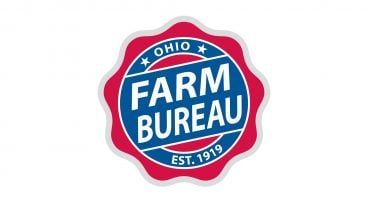
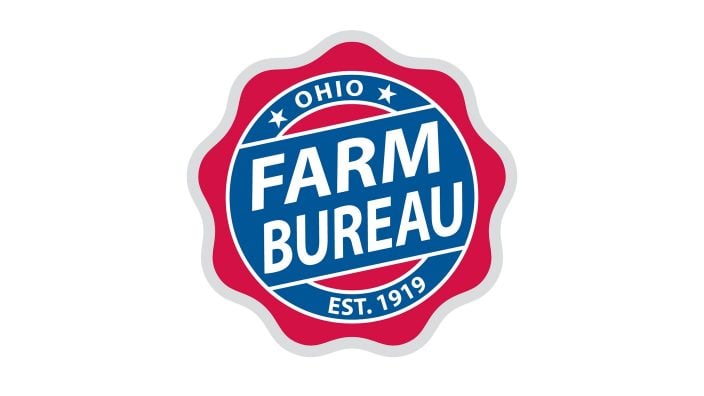
Twenty-six farmers govern the state’s largest farm and food organization.
Read More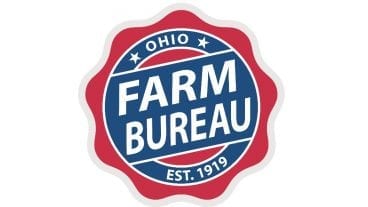

The 2025 recipients are Fred Cooke (posthumous) of Richland County, Marvin Dietsch of Williams County, Steven Knollman of Hamilton County and Michele Miller (posthumous) of Ottawa County.
Read More

Nathan and Jill Parriman grow seasonal crops, including Christmas trees, pumpkins and cut flowers, providing U-cut experiences that invite customers to engage directly with agriculture.
Read More
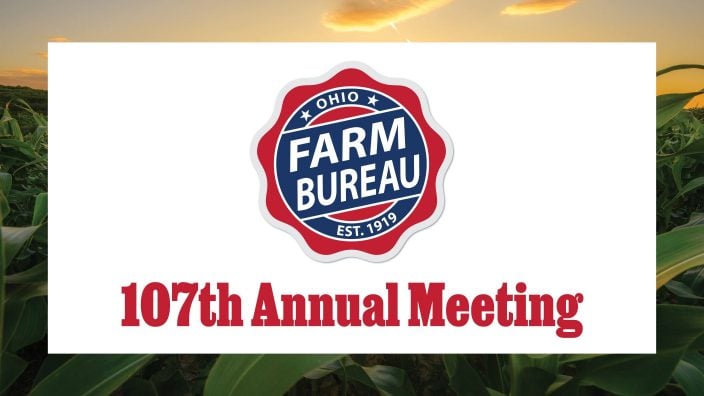
The 2025 Distinguished Service Award recipients are Craig Adams, Mike Townsley, and Kellogg Farms, Kurt Farms and Stateler Family Farms.
Read More

Ohio Farm Bureau Treasurer Adele Flynn participated in the meeting, representing Ohio farmers.
Read More

For Ohio and PJM region, the outlook is reassuring—ample reserves and strong planning should keep the power on.
Read More

The average price for a classic holiday feast for 10 in Ohio will cost $55.87.
Read More